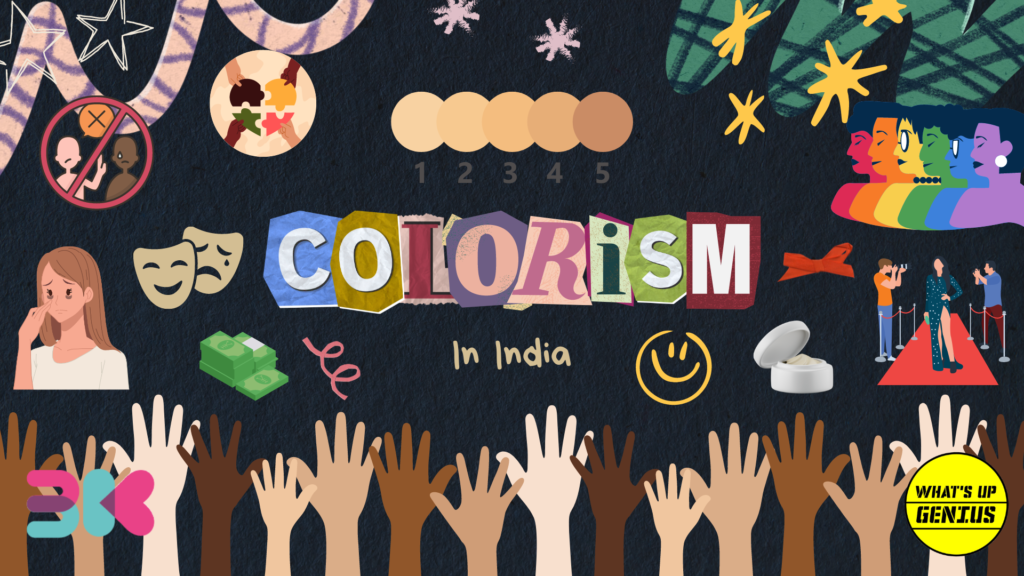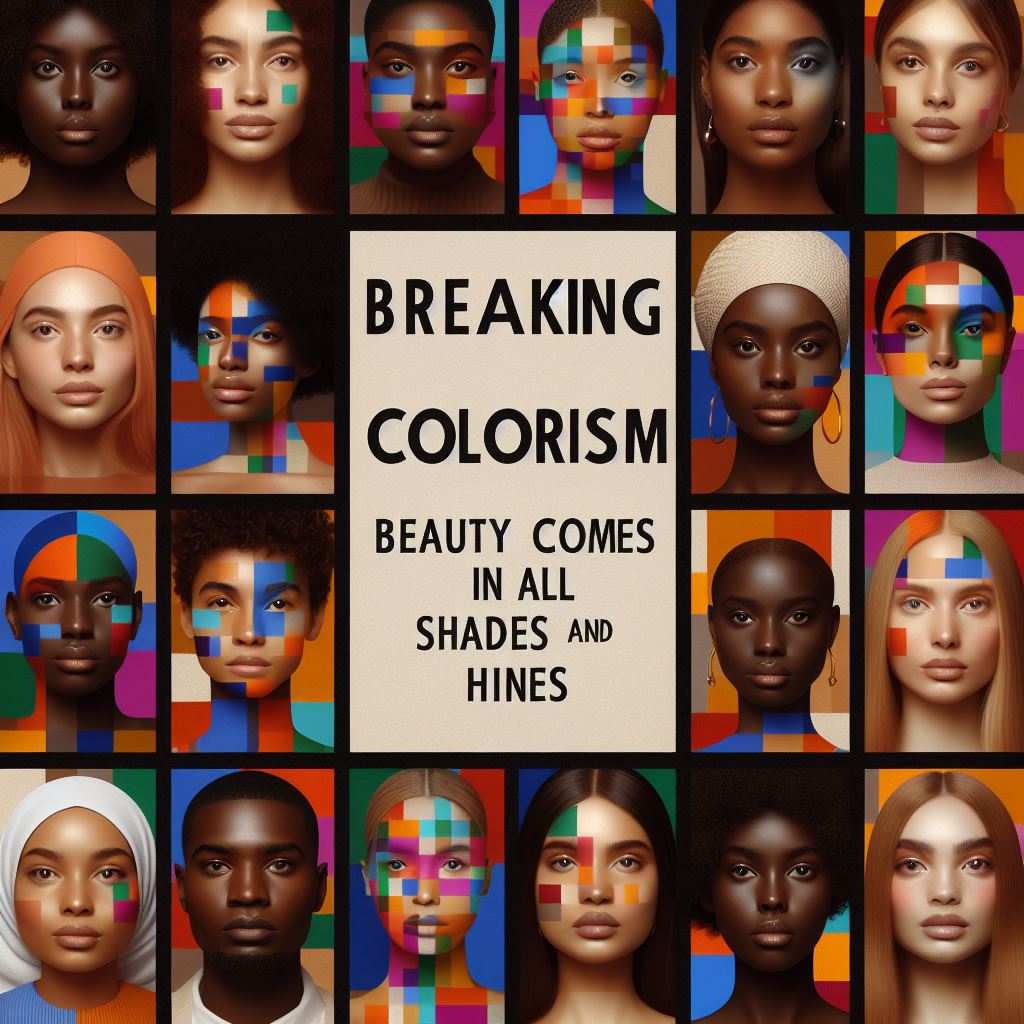
In India, a country renowned for its vibrant culture and diversity, there lurks an unspoken preference that has permeated through generations – an obsession with fair skin. This phenomenon, known as colourism where obsession with fairness, is a deeply rooted issue that affects many aspects of life, from personal relationships to professional opportunities.
The Unfair Advantage of Fair Skin
Fair skin is often associated with beauty, desirability, and success in Indian society. This notion is not just a cultural relic but is actively propagated by various industries. For instance, light-skinned foreign actresses like Katrina Kaif and Amy Jackson have gained notable success in Bollywood, despite language barriers, largely due to their complexion. This trend is also evident in the preference for light-skinned background dancers in films.
The Market of Fairness: A Billion-Dollar Industry
The Indian skincare market is significantly dominated by skin-lightening products. A 2019 study by the World Health Organisation noted that these products account for nearly half of the skincare market in India, indicating the massive demand for such products. The fairness cream market was valued at nearly Rs. 3,000 Crores in 2019, with expectations to soar to Rs. 5,000 Crores by 2023. This trend started back in 1919 with the introduction of Afghan Snow by E.S. Patanwala and was further fueled by the launch of “Fair & Lovely” in 1975 by Unilever, marking a pivotal moment in the commercialization of India’s fairness obsession.
Bollywood’s Role in Perpetuating Colorism
Bollywood, a significant influencer in Indian society, often collaborates with the cosmetic industry to promote fair products. Popular actors like Shahrukh Khan, Yami Gautam, and Sonam Kapoor have endorsed such products, reinforcing the unfair beauty standards.
The Changing Tide: Rebranding but Not Resolving
In response to global movements against racial discrimination, such as Black Lives Matter, Hindustan Unilever Limited (HUL) faced backlash for promoting unrealistic beauty standards. This led to the rebranding of “Fair & Lovely” to “Glow & Lovely.” However, this superficial change does little to address the underlying issue of colourism.
Gendered Colorism: A Double Burden for Women
Colourism in India is notably gendered. Women are often under more pressure to have fair skin, especially in the matrimonial market, where “fair, tall, and slim” is a common refrain in bride-seeking advertisements. This contrasts with the more accepting view of darker-skinned men, encapsulated in the phrase “tall, dark, and handsome.”
Historical Roots and Modern Implications
The preference for lighter skin is not just a contemporary issue but has historical roots. The arrival of light-skinned Aryans, who were considered superior to the dark-skinned Dravidians, set a precedent that lighter skin equates to power and privilege. This notion was further reinforced by colonial rule and is evident in the caste system, where higher castes typically had lighter skin due to less exposure to the sun. This was the beginning of the Fairness Obsession.
Bollywood’s Contradictory Portrayal
While Bollywood occasionally attempts to address colourism, it often falls short. Movies like “Bala” talk about normalizing darker skin tones but paradoxically cast light-skinned actors in these roles. Nandita Das, a renowned actor with a darker complexion, has shared her experiences of being pressured to look lighter on screen and how everyone in the industry is obsessed with fair-skinned actresses as they are much more “presentable”.

Moving Forward: Beyond Skin Deep
The battle against colourism in India is far from over. A single rebranding campaign or social media post won’t eradicate years of ingrained biases. The real change begins with a societal shift in mindset, learning to embrace and celebrate the diversity of skin tones, from wheatish to honey-toned to dark. This journey involves unlearning deep-seated prejudices and redefining beauty standards to be inclusive and representative of all Indians.